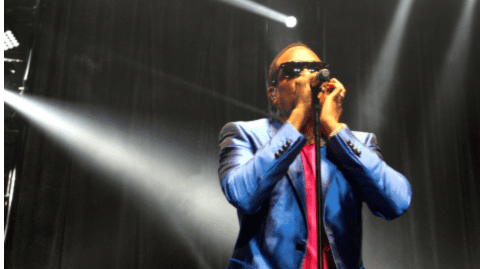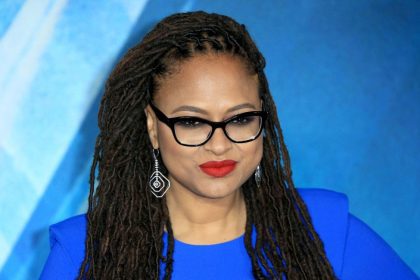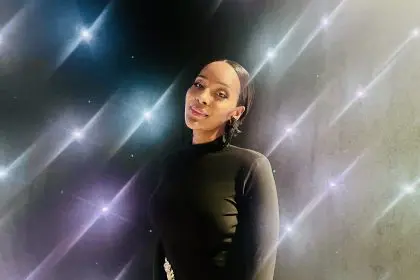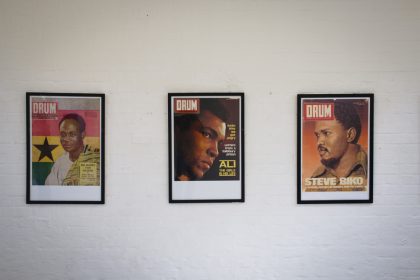
In a world rife with chaos and confusion, art stands as a resilient beacon, offering clarity in times of turmoil. While the interpretation of art may vary from person to person, the messages conveyed by contemporary giants like Jean-Michel Basquiat and Banksy resonate with profound depth, leaving an indelible mark on our collective consciousness. Their works not only challenge societal norms but also provoke essential conversations about race, identity, and the human experience.
Currently, the Hirshhorn Museum in Washington, D.C., is stirring the pot with its thought-provoking exhibit, “Basquiat X Banksy.” This showcase not only highlights the unique styles of these two iconic artists but also serves as a testament to the power of art as a form of activism. In a time when the First Amendment is being increasingly scrutinized, the Hirshhorn’s curation speaks volumes, inviting viewers to engage with the narratives that shape our world.
The Basquiat and Banksy exhibit is just one piece of an exciting lineup at the Hirshhorn. The museum is hosting several other exhibits that push boundaries and challenge conventional thought. Among them is OSGEMEOS’ “Endless Story,” an immersive experience that merges Brazilian culture with hip-hop influences, marking their largest U.S. exhibit to date. This collaboration reflects a global dialogue, showcasing how art can transcend borders and demonstrates the widespread influence of hip-hop culture.
Barbara Kruger’s “Belief & Doubt” is another critical component of the Hirshhorn’s offerings. Her wall-to-wall installation features incisive messages that challenge viewers to confront their beliefs. One standout quote comes from Malcolm X: “Give Your Brain as Much Attention As You Do Your Hair and You’ll Be a Thousand Times Better Off.” This poignant reminder underscores the importance of intellectual engagement, particularly in an era where misinformation and superficiality often dominate conversations.
Laurie Anderson’s “Four Talks” further enriches the museum’s narrative by creating an immersive audio-visual experience that blends nature sounds with political commentary. Among her many thought-provoking pieces is a floor-to-ceiling homage to Kamala Harris, defining her as “Madame Lotus, Vice-Potus Goddess.” This profound recognition of Harris not only celebrates her accomplishments but also emphasizes the significance of representation in leadership, particularly for women of color in positions of power.
In his first solo exhibit in Washington, D.C., Adam Pendleton’s “Love, Queen” delves into the themes of Blackness and abstraction. Through 30 compelling paintings, Pendleton explores the dynamics of change and identity, inviting viewers to consider how these elements shape our understanding of art and culture. His work embodies the essence of contemporary discourse, linking the past to the present while envisioning a future grounded in justice and equality.
The Hirshhorn Museum, part of the Smithsonian, finds itself at the center of a fierce battle for free expression. Under the Trump administration, museums have faced unprecedented challenges, with recent executive orders seeking to censor content deemed ideologically “improper.” This crackdown particularly targets narratives surrounding slavery, Reconstruction, and the contributions of marginalized voices in the civil rights movement. The exhibition’s current lineup stands in stark contrast to these attempts at historical erasure, affirming the importance of diverse perspectives in understanding America’s complex legacy.
As we engage with these exhibits, it becomes clear that art is not merely an aesthetic endeavor; it is a powerful tool for social commentary and change. The works of Basquiat and Banksy challenge us to confront uncomfortable truths while pushing the boundaries of creativity. They compel us to reflect on our own beliefs and the societal structures that influence our realities.
Visiting the Hirshhorn’s “Basquiat X Banksy” exhibit—and the accompanying installations by OSGEMEOS, Kruger, Anderson, and Pendleton—is not just a cultural experience; it is a call to action. Art has the potential to stir emotions, provoke thought, and ignite movements. In a time when the very fabric of free expression is under threat, these artists remind us of the crucial role that creativity plays in fostering dialogue and promoting understanding.
In conclusion, the Hirshhorn Museum serves as a vital platform for exploring contemporary issues through the lens of art. The current exhibits resonate deeply with the ongoing conversations about race, identity, and the struggle for free speech. As we navigate the complexities of our society, let us embrace the power of art to illuminate the path forward, reminding us that even in chaos, creativity can inspire change.














